Acne is one of the most common skin conditions in the world, but despite being so common, it is still surrounded by many questions. What causes acne? Why does it affect some people but not others? And how do you treat it in a gentle way? In this guide from Dalarnas EKO you will get answers to common questions about acne as well as tips on natural treatment methods that work in practice.
What is acne?
Acne is a skin condition that usually begins during puberty when hormone production increases and affects the sebaceous glands. This leads to pores becoming clogged with excess sebum and dead skin cells, which in turn can cause inflammation, pimples, blackheads and sometimes cysts.
Acne can appear on the face, back, chest, neck and shoulders. There are different forms of acne, from mild breakouts to more severe forms with deep, painful bumps. It is important to remember that acne is an inflammatory skin condition that should be treated with care.
Why do people get acne?
There are several factors that can contribute to the development of acne:
-
Increased sebum production (often hormonally related)
-
Dead skin cells that clog pores
-
The bacterium C. acnes that causes inflammation
-
Genetics
-
Hormonal changes (puberty, pregnancy, menopause, stopping birth control pills)
-
Stress
-
Diet (e.g., lots of sugar and dairy products)
-
The wrong type of skincare that dries out or clogs the skin
What does acne look like?
Acne manifests itself in different forms:
-
Blackheads : Oxidized sebum that has turned dark
-
Whiteheads : Trapped sebum that has not come into contact with oxygen
-
Papules : Small red bumps that are often tender
-
Pustules : Pimples with pus, red bottom and white top
-
Nodules and cysts : Deep, painful inflamed lumps
Common locations for acne
-
Jaws and chin : Often hormone-related acne
-
Cheeks : Can be caused by external factors such as dirty pillowcases, cell phones, and makeup.
-
Back and chest : Tight clothing and sweat can contribute
-
Boils : Can be linked to diet, digestion or stress
The impact of lifestyle on acne
Several lifestyle factors can worsen acne:
-
Emotional stress
-
High intake of sugar or dairy products
-
Sun and sun protection that blocks
-
Hormonal changes when stopping birth control pills
Gentle skin care from Dalarnas EKO for acne
Many people with acne are advised to "wash away" their pimples, but harsh products that dry out the skin can make the problem worse. Skin needs balance – not aggression.
Recommended routine:
1. Cleansing with Deep Nourishing Cleansing Oil
Massage the oil into your face with a little water until it becomes milky. Use a damp cleansing sponge to wipe away. This method deeply cleanses pores without disrupting the skin's balance.
2. Hydrate with Hyaluronic Moisture Mist+
Spray directly after cleansing to soothe skin and prepare for serum.
3. Moisture boost with Hyaluronic Moisture Serum+
A lightweight serum that plumps up the skin, reduces redness and strengthens the skin barrier.
4. Use sponges for gentle cleaning
Our Facial Cleansing Sponges are perfect for gently removing oil and dirt without damaging the skin.
Tip: Avoid clogging products like thick foundations, greasy ointments, or comedogenic sunscreens. Keep hair away from your face and wash pillowcases regularly.
BONUS TIP: Use shampoo and conditioner that don't dry out the skin or trigger hormones. Sofie uses the Kamomill Restore Perfection series, Chamomile Shampoo Cake + Chamomile Conditioner Cake. 
When should you seek help?
If you have tried gentle self-care for at least 6 weeks without results, or have severe, painful acne with scarring, it is recommended that you contact a doctor, school health care or youth clinic for further assessment.
Summary
Acne is common and often harmless, but can be mentally stressful. With the right knowledge, gentle products and patience, it is possible to bring your skin back into balance. Dalarnas Ekos skin care is developed to respect the skin's natural functions, while working effectively against inflammation and imbalance. Our Acne Rescue Kit is a perfect first step for those who want to give their skin a second chance.
.
References
-
Acne on Internetmedicin.se
-
About acne on 1177.se
-
Acne rosacea: National Institute of Arthritis and Musculoskeletal and Skin Diseases: https://www.niams.nih.gov/health-topics/rosacea
-
Nascimento, T. et al. (2023). Tea Tree Oil: Properties and the Therapeutic Approach to Acne . Antioxidants, 12(1264).
-
Mias C, et al. (2023). Understanding inflammatory acne and Cutibacterium acnes . J Eur Acad Dermatol Venereol. 37(Suppl. 2):3–11.
Read more
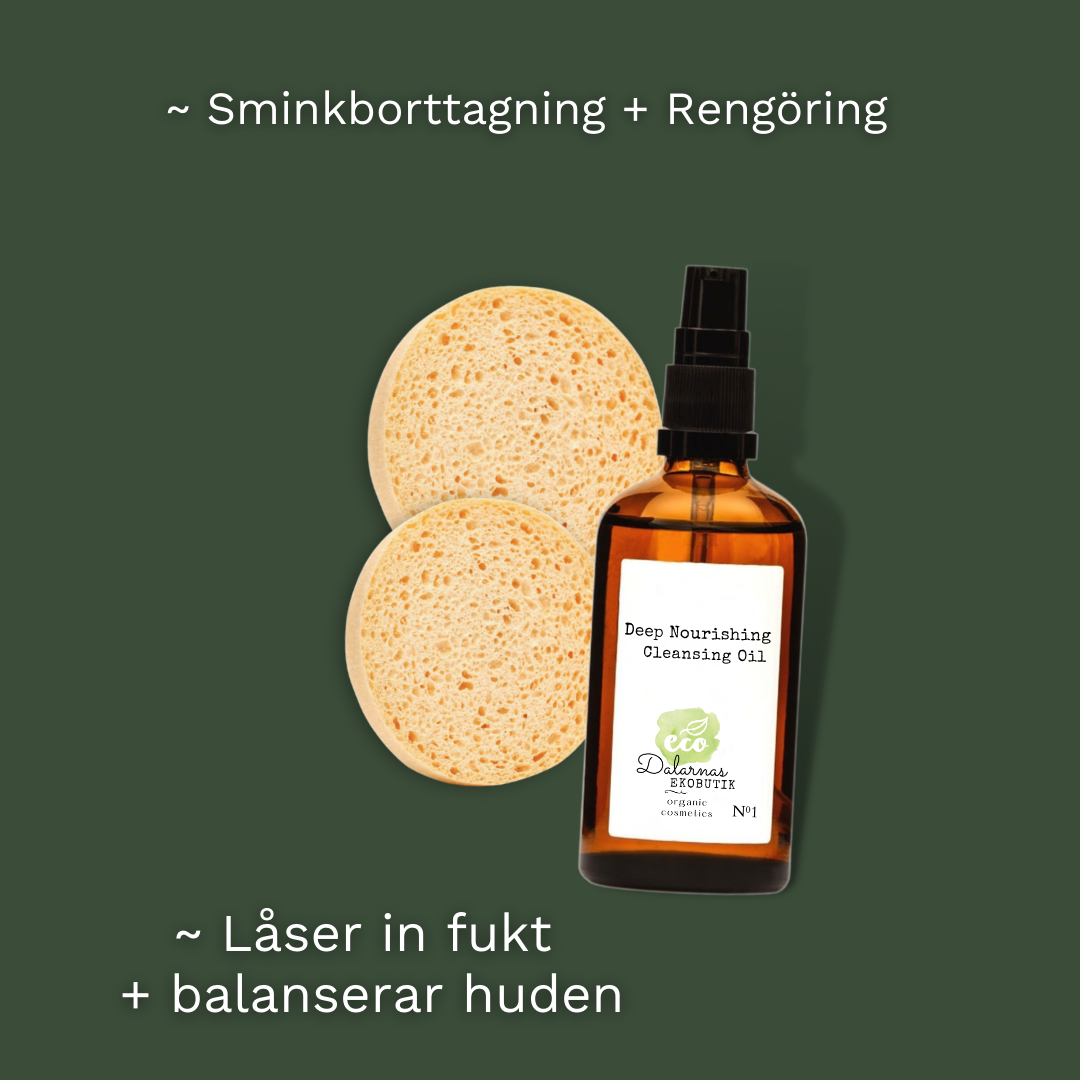
A gentle, effective and natural start to your skincare routine Have you heard of OCM – Oil Cleansing Method? Then you know that it involves cleansing the skin with oil instead of foaming product...
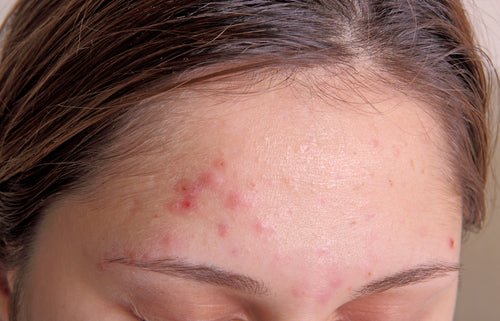
Pimples and bumps on the forehead can be both stubborn and frustrating – and often a sign that something in the body is out of balance. In this guide from Dalarnas EKO , we delve into the most com...
Header
Use this content to share information about your store and products.
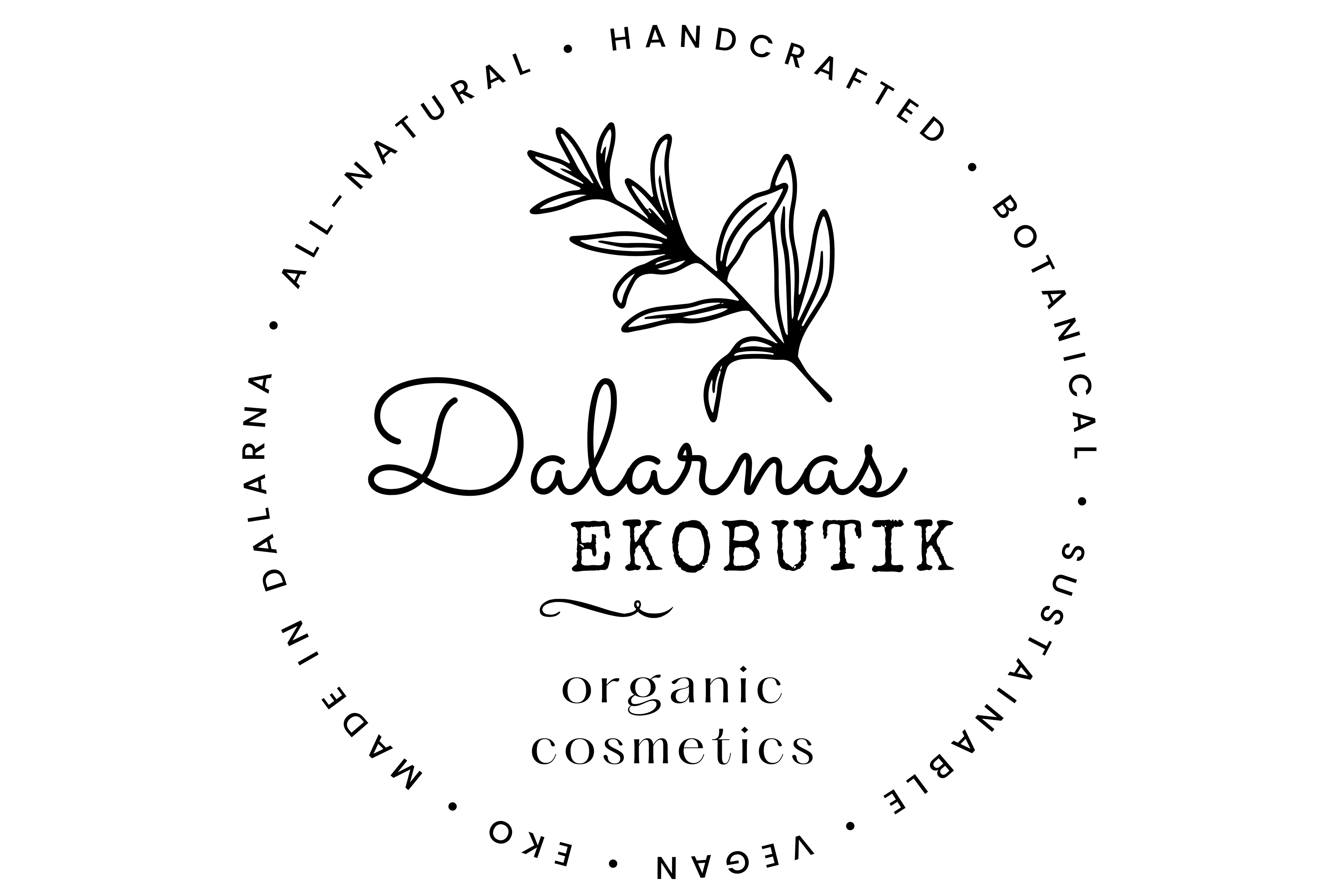
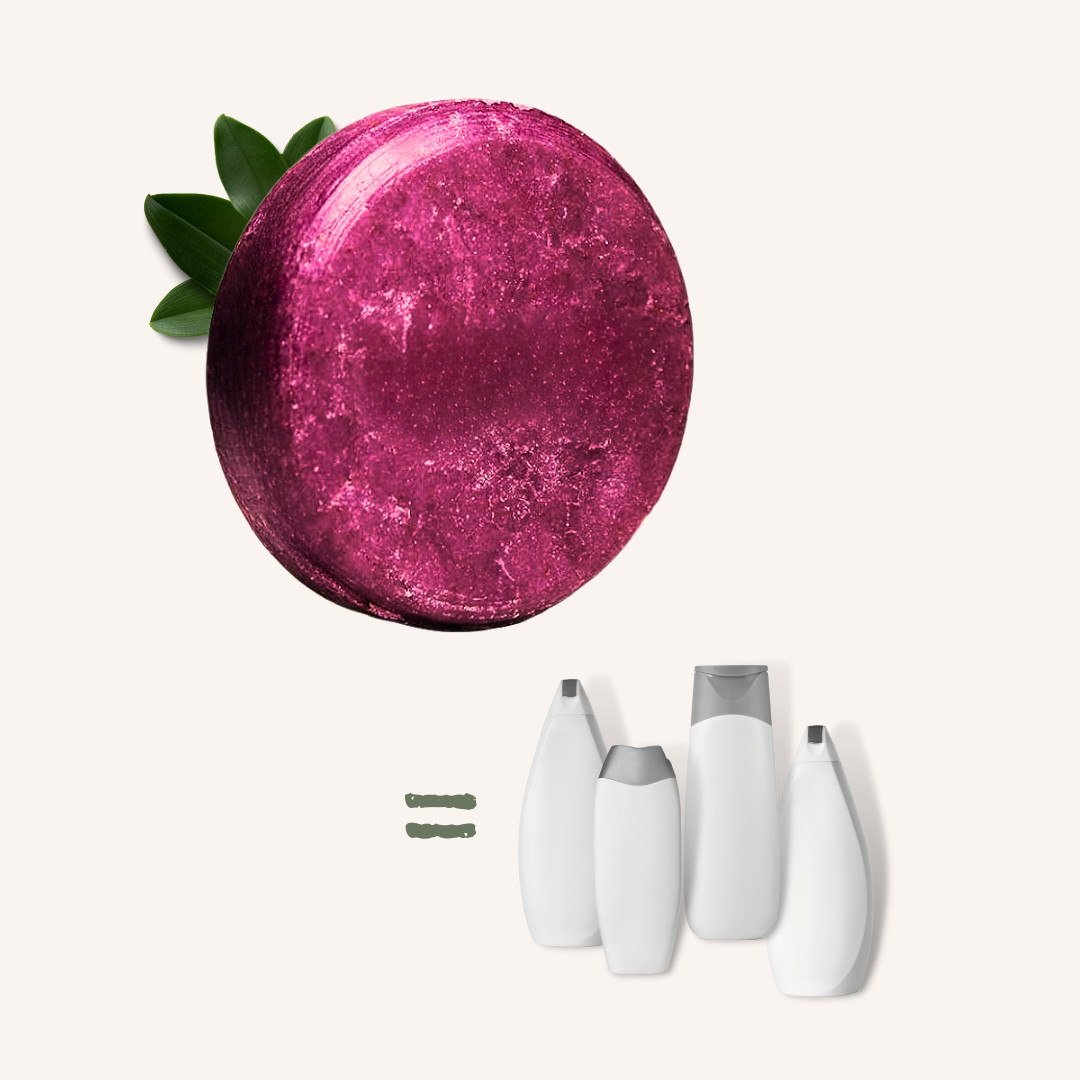
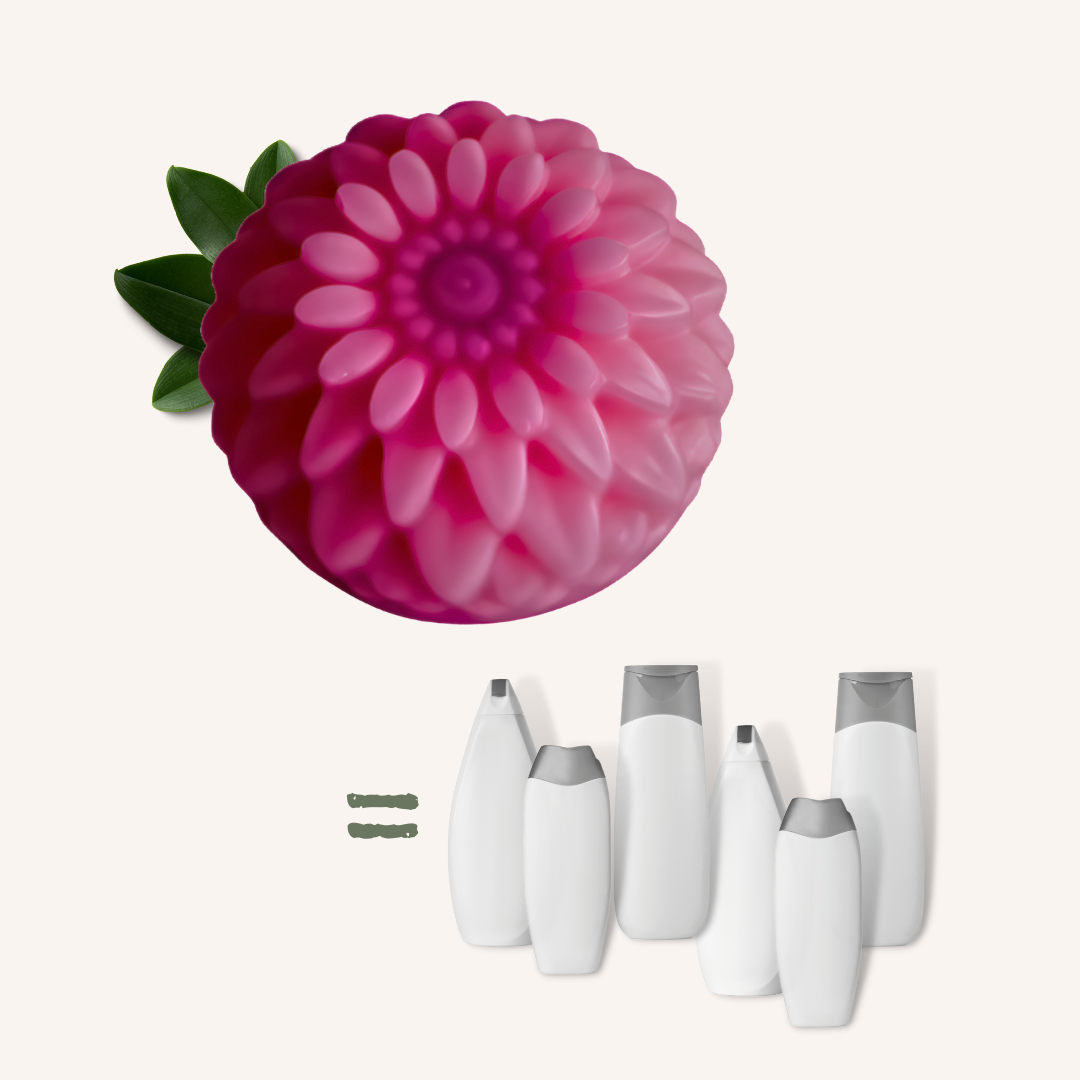
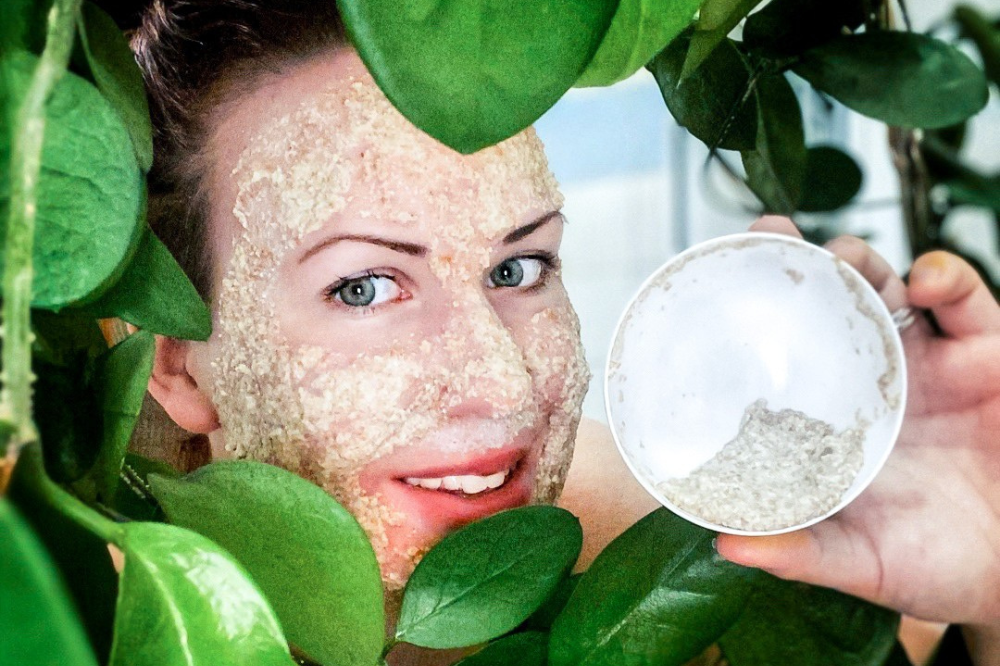
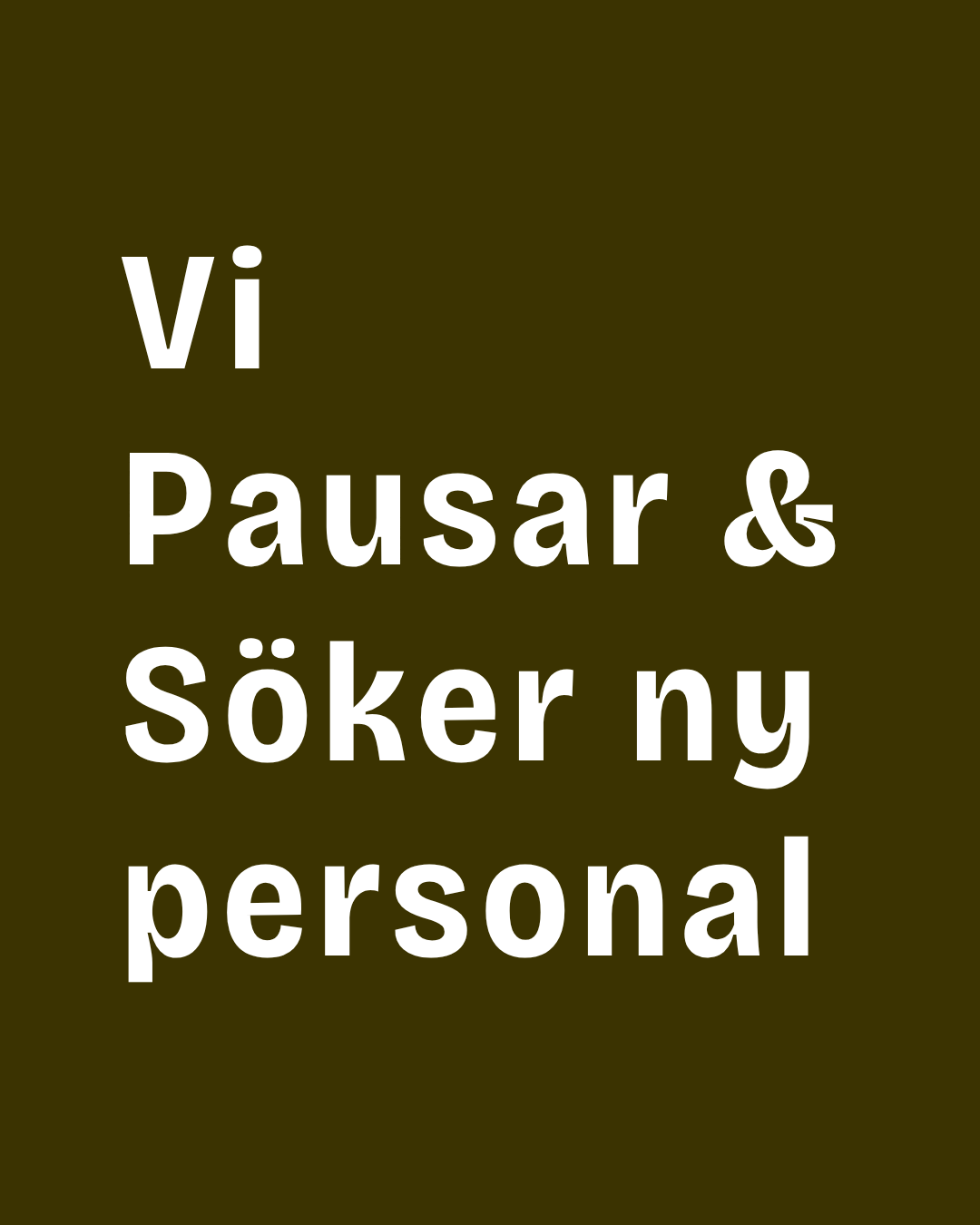

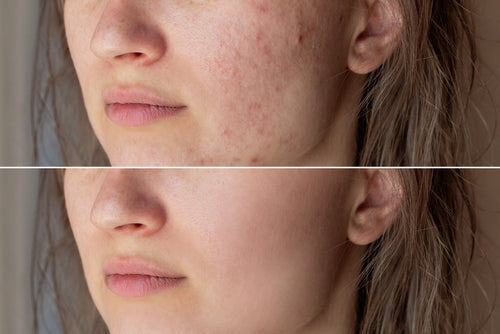
Leave a comment
This site is protected by hCaptcha and the hCaptcha Privacy Policy and Terms of Service apply.